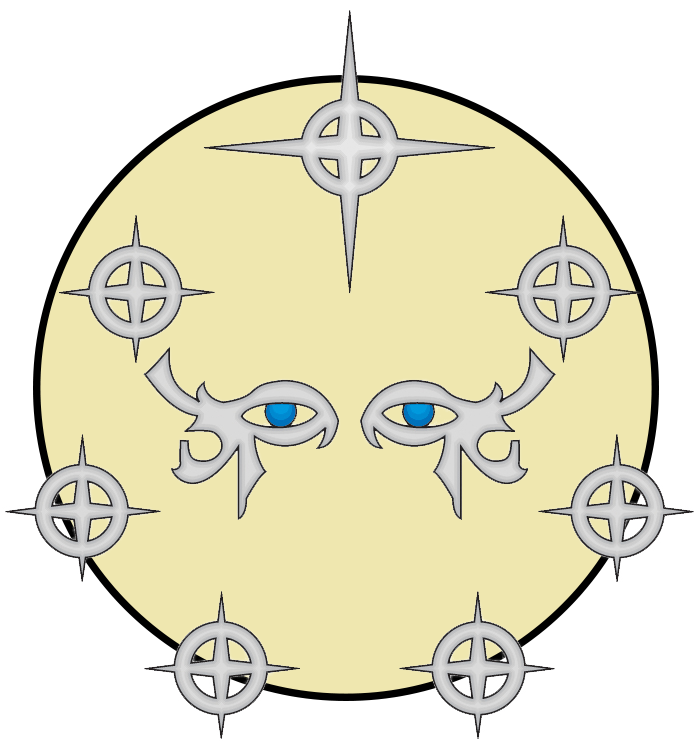Church of Selune
The worshippers of Selûne.
Let all on whom my light falls be welcome if they desire to be so. As the silver moon waxes and wanes, so too does all life. Trust in my radiance, and know that all love alive under my light shall know my blessing. Turn to the moon, and I will be your true guide.There are broadly two kinds of Selûnite clergy: those who remain at the temples (often but not necessarily due to age or infirmity), and those who wander Faerûn. Temple priests provide healing to the community and tend to the residents of asylums and sanitariums, which often adjoined their temples. Also, the temple priests made good money by practising astrology and telling fortunes. Itinerant priests spread the faith of the goddess by seeking out and keeping in touch with both existing and potential worshipers. Such priests also often provide healing, usually asking for nothing more than a meal and a warm place to rest. They practice humility and self-reliance. Wandering priests also look for for people afflicted with madness or lycanthropy. They heal or help them if they can, or escort them to the closest temple.
May Selûne guide your steps in the night, and bring them to the new dawn.Rituals and Symbols Milk, both due to colour and its association with motherhood, is often used in Selûnite rituals. As are personal symbols of the state of the world - the moon waxes and wanes, the church recognises that so does the world at large. And, of course, ceremonies are ideally carried out in moonlight, or at least at night. The dedication to the night is strong enough that a night walk can be considered a ritual in itself. The most sacred ceremonies is the Mystery of the Night, and the rare Conjuring of the Second Moon.
Structure
The Selûnite clergy holds a wide assortment of titles. Novices are always known as the Called, while full priests are known as Priestess or Priest, typically prefaced by Touched, Enstarred, Moonbathed, Silverbrow, Lunar, Initiate, and High Initiate, in order of increasing rank.
Higher-ranked clergy are instead known as "Priestess/Priest of the…", followed by a term traditional to the shrine or temple with which the priest was affiliated. For example, the leader of the The House of the Moon in Waterdeep is known as the Priestess of the High Moonlight.
There are also some speciality priests, known as Silverstars, that act when there is danger.
There are various orders within the church, such as the Sun Soul, the Swords of the Lady, and the Oracles of the Moon.
Public Agenda
The highest principle of Selûne's ethos is acceptance and tolerance. The faithful are bidden to encourage and exemplify acceptance, equality and equal access, tolerance, and understanding; to treat all other beings as equals, and to make all welcome in the faith.
Worshipers were also urged to be humble and self-reliant, to use common sense and practicality, and to find their own practical paths through life to be as successful as was possible, while not neglecting their compassion for others.




Comments